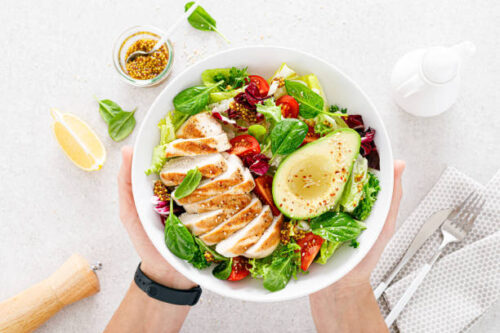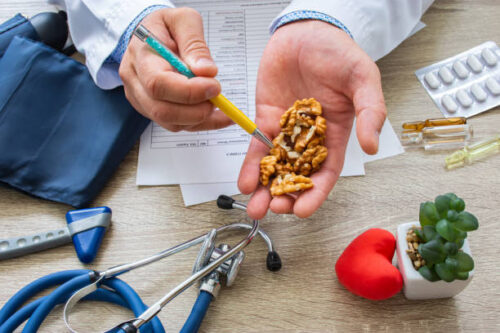A typical cake isn’t described by the words “dense” or “heavy,” unless there was a problem. Although this is the goal, it can be difficult to achieve. If a cake is not perfect, it can end up dry and spongy.
Pound cake will change the perception that all cakes should be delicate and airy.
If baked correctly, pound cake can be moist and tender. A pound cake is a unique and delicious dessert when baked by a skilled baker.
First, pick your pound cake recipe
The Velvet pound cake is my favorite pound cake recipe. This pound cake has an almost perfect five-star rating due to its delicious golden brown crust and tender texture.
It is different from the traditional pound cake. Cream cheese is an unusual ingredient you will want to use in all your cakes. Cream cheese elevates the buttery rich flavor of pound cakes and their sturdy crumb.
Choose your pound cake recipe according to the sweetness you desire. You can choose from maple-rum or chai spices. Or even orange cake with a boozy drizzle. These tips are applicable to any pound cake that you bake.
Tip #1: Use room-temperature ingredients
Unless otherwise stated in the recipe, it is a must to start with room temperature ingredients when baking cakes. It’s tempting just to grab the butter and eggs from the fridge and start baking. However, it is worth taking the time to make sure your ingredients are at the correct temperature.
What happens when you start with cold ingredients If you start with hard butter sticks and sugar, you’ll have trouble. You’ll hear the mixer groan and butter flail as you try to beat them with sugar. Then, you’ll find yourself picking up chunks of butter on your counter. If the cream cheese has not been chilled, it will also be a difficult, lumpy mess.
Here are some tricks to speed up the heating process if you forget to place your ingredients at room temperature before you start cooking.
- Butter: Beware of the microwave shortcut! You can turn some butter pieces into flowing lava, while others will remain solid. Instead, heat a medium-sized bowl of water in the microwave to bring it to boil. Alternately, heat the water in a saucepan on the stove. Once the water has boiled, cut the butter into small pieces and carefully pour it out of the pot or bowl. The butter should be placed in a hot, steamy vessel. Let it cool for a while before turning the vessel upside down.
- EggsCook the eggs in very hot water for 5 minutes, while you measure the rest of the ingredients. This is known as “mise en place”, and it makes you look like an expert baker. When you get to the kitchen, your eggs will be ready at room temperature.
- Cream cheese: You can use the same technique to heat up cream cheese in foil packaging. You can use a plastic container to measure the cream cheese and heat it in 10-second intervals in the microwave. Stir between each interval until the mixture is smooth.
These steps are only necessary if the ingredients have not been taken out of the refrigerator in advance. You can get right to the baking of the pound cake if you plan ahead.
Tip #2: Make sure you measure your flour correctly
It’s all about the ratios of ingredients when it comes to making pound cake. Because pound cake was first made with a pound of flour, eggs and sugar, as well as butter or another fat, it got its name. The flour used in today’s recipes is slightly lower than the butter, eggs, sugar and butter. This ensures a moist texture. A pound cake with too much flour will result in a dry, dense and bland product.
This common error can be avoided by measuring your flour accurately. A scale is a great tool for baking pound cakes or any other type of baking. This will make your baking more precise and your measurements will be much better.
Tip #3: Make sure you use the correct pan in both size and material
Do not just grab the first pan in your pantry and start making your pound cakes. You need to be careful when choosing a pan. A 9″x5” loaf pan is used for most pound cakes, Velvet Pound Cake being one of them. This pan is slightly larger than the standard loaf-pan which measures 8 1/2″ x 4 1/2″.
A 8 1/2 x 4 1/2 inch loaf pan will work if you don’t have any other options. However, keep in mind that you may need 1/3 to 1/2 cup batter for cupcakes or pancakes. It’s not fun to overfill the pan with batter during baking.







